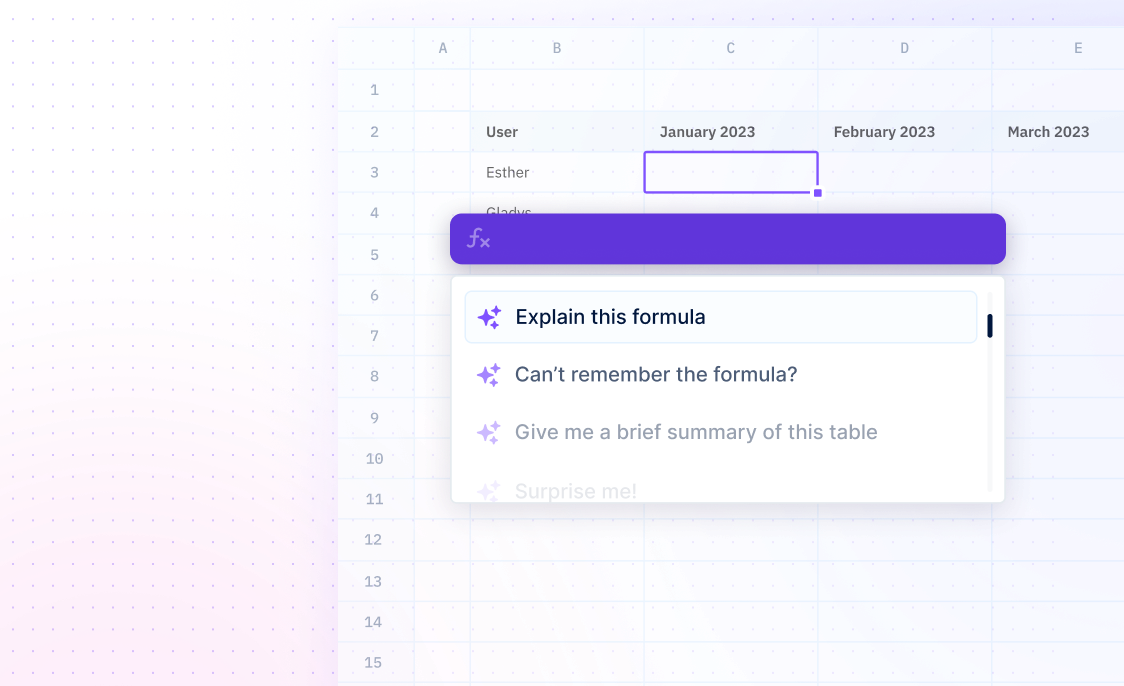
TBILLEQ
Formulas / TBILLEQCalculate the bond-equivalent yield for a Treasury bill.
=TBILLEQ(settlement, maturity, discount)
- Settlement - required
- Maturity - required
- Discount - required
Examples
=TBILLEQ(C5,C6,C7)The TBILLEQ function can be used to calculate the yield of a bond, given the price, face value and coupon rate. In this example, the bond has a face value of $1,000 (C6), a coupon rate of 3.25% (C7) and a price of $988.13 (C5). To calculate the yield, use the preceding formula. The function returns a yield of 2.53%, with percentage number format applied.
=TBILLEQ(C5,C6,C7)The TBILLEQ function can also be used to calculate the price of a bond given the face value, coupon rate and yield. In this example, the bond has a face value of $1,000 (C6), a coupon rate of 3.25% (C7) and a yield of 2.53% (C5). To calculate the price of the bond, use the preceding formula. The function returns a price of $988.13.
=TBILLEQ(C5,C6,C7)The TBILLEQ function can also be used to calculate the coupon rate of a bond given the face value, price and yield. In this example, the bond has a face value of $1,000 (C6), a price of $988.13 (C5) and a yield of 2.53% (C7). To calculate the coupon rate, use the preceding formula. The function returns a coupon rate of 3.25%.
Summary
The TBILLEQ function calculates the bond-equivalent yield of a Treasury note with a settlement date of February 1, 2016, a maturity date of January 30, 2017 and a discount of 3.5%. It requires three arguments: settlement, maturity, and discount.
- The TBILLEQ function calculates the bond-equivalent yield for a Treasury bill, returning a yield as a percentage. It requires two arguments: a settlement date and a maturity date.
- Both the settlement date and the maturity date must be provided for the TBILLEQ function to work correctly.
- An optional third argument (discount) can be provided.
Frequently Asked Questions
What is the TBILLEQ function?
What does the TBILLEQ function calculate?
How do I use the TBILLEQ function?
- TBILLEQ(settlement, maturity, discount)
- Settlement - the security's settlement date.
- Maturity - the security's maturity date.
- Discount - the security's discount rate.


